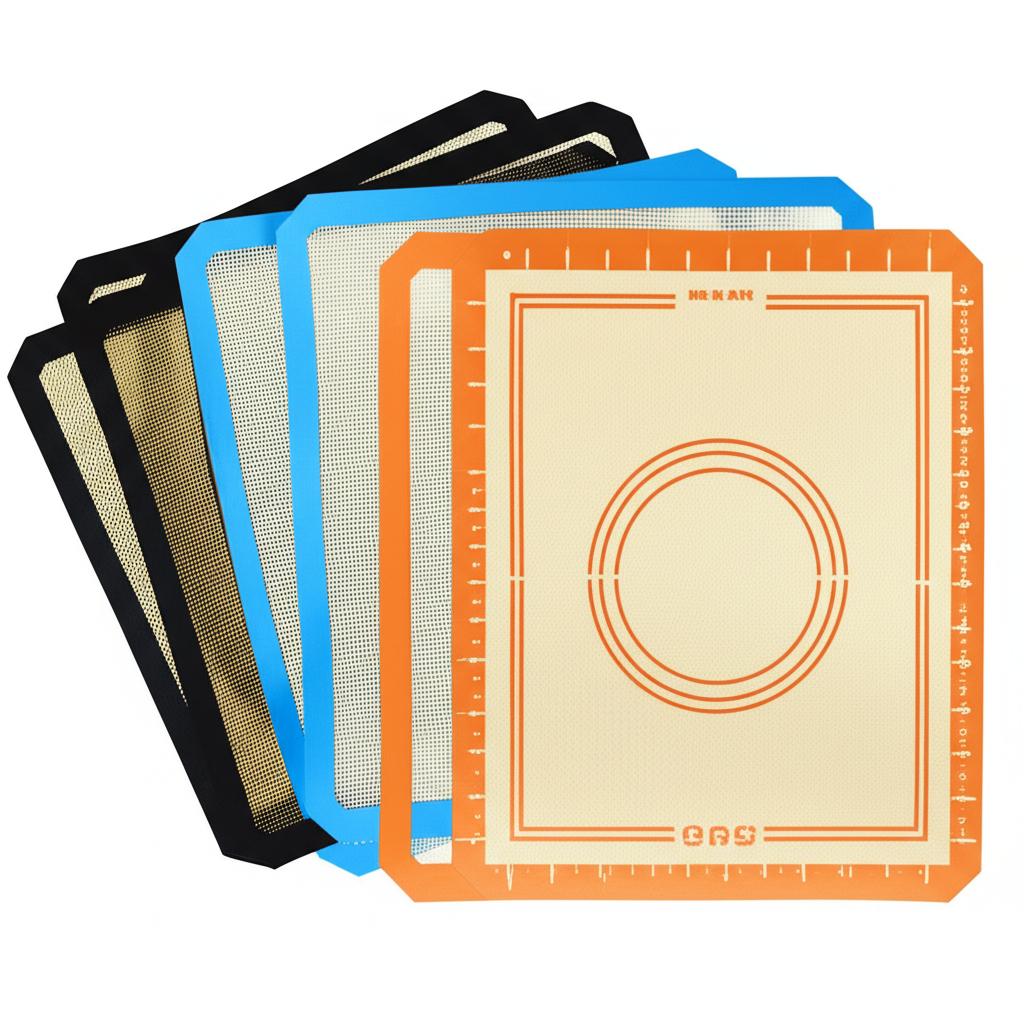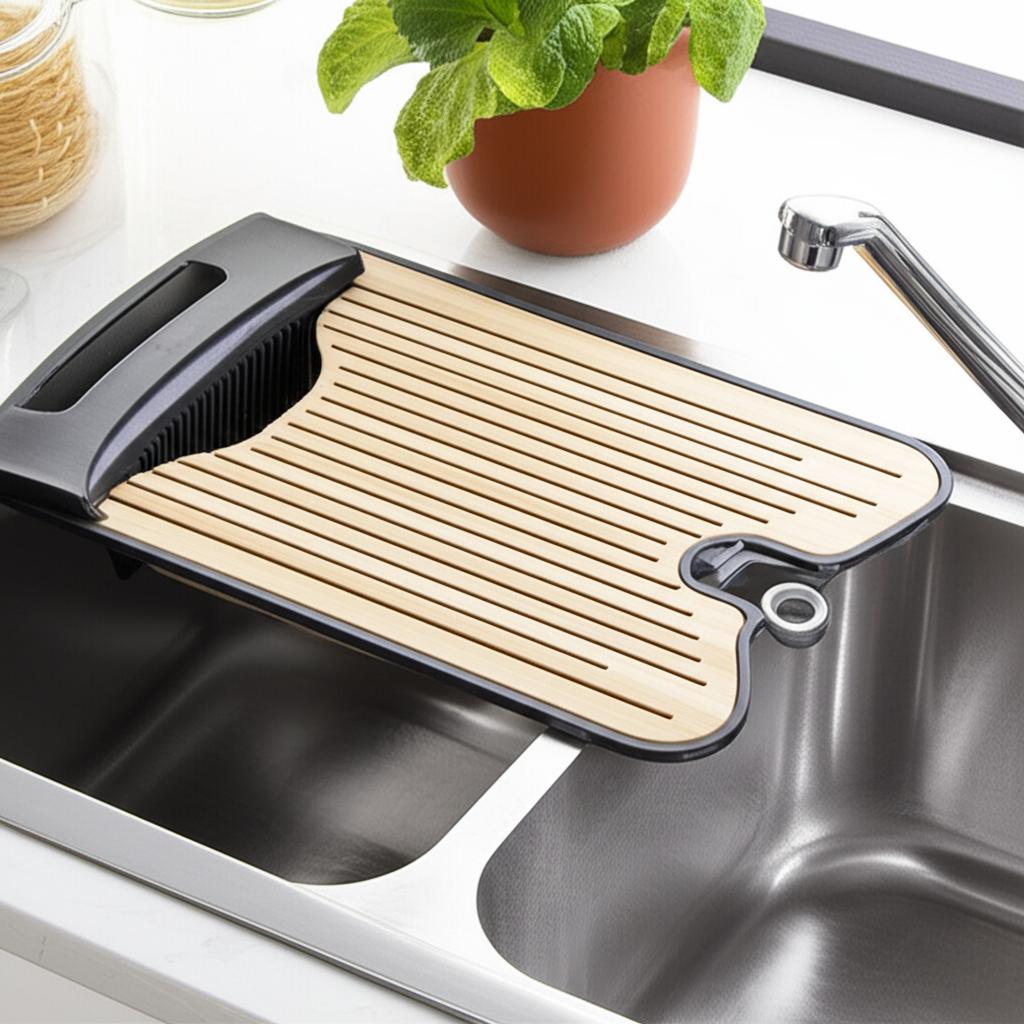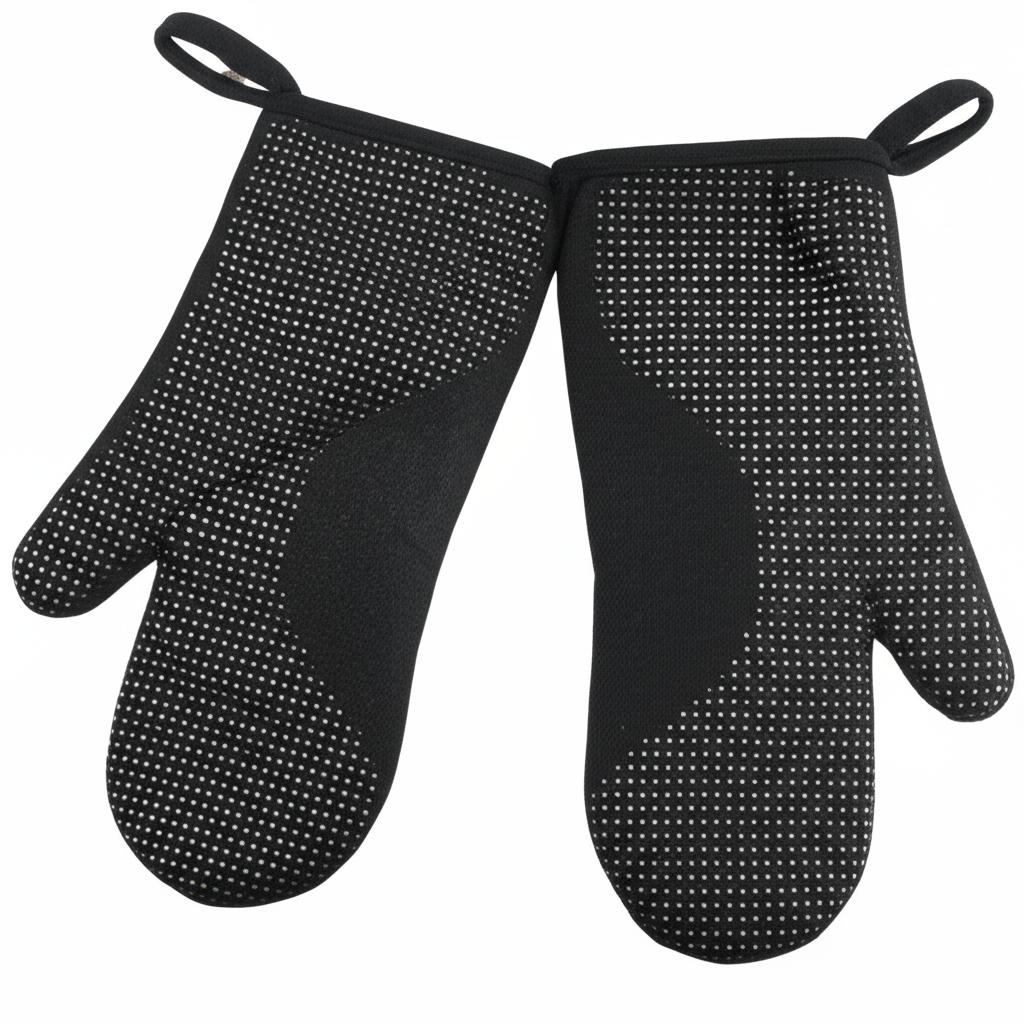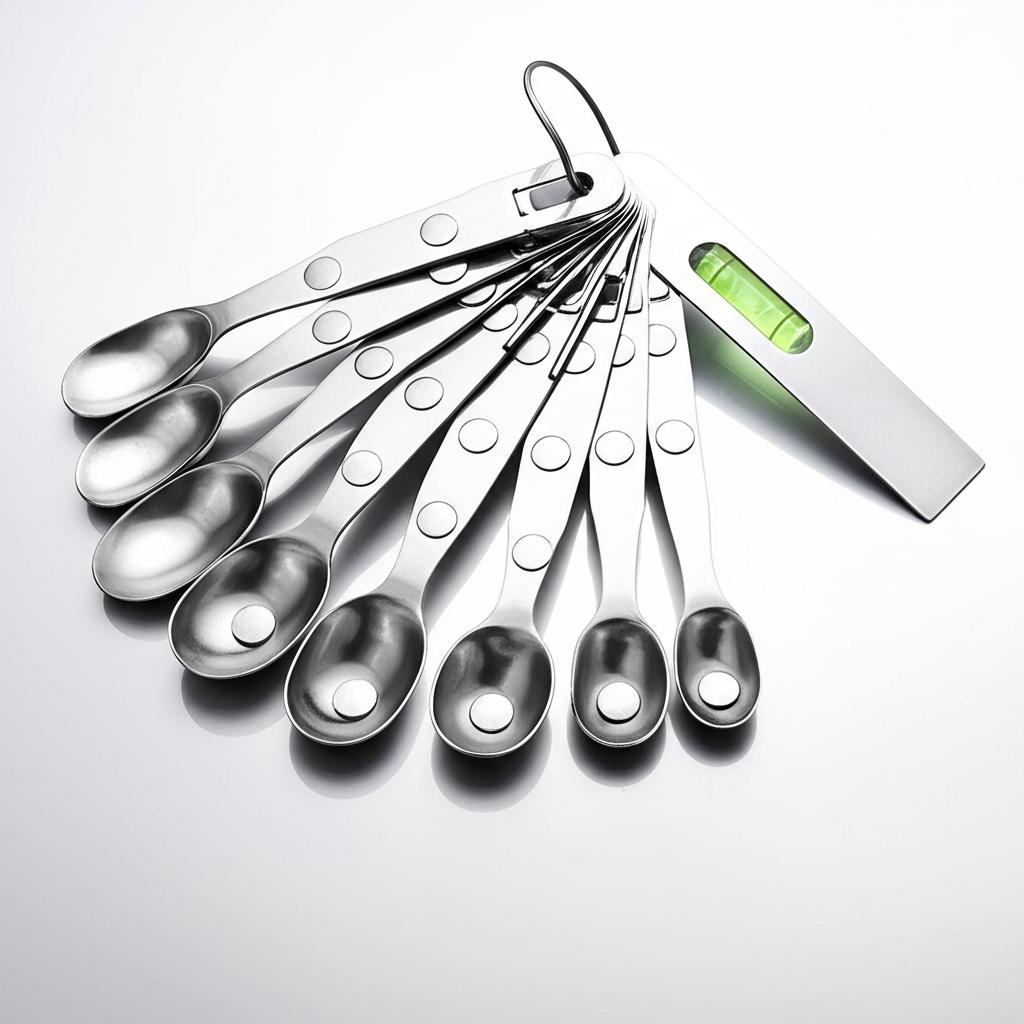
Tired of stubbornly stuck cookies, endlessly scrubbing baking sheets, or constantly running out of parchment paper? If so, then you’re about to discover a kitchen game-changer: silicone baking mats. These unassuming flexible sheets have revolutionized the way countless home bakers and professional chefs approach their culinary creations. From delicate macarons to hearty roasted vegetables, silicone baking mats for oven use offer a non-stick, eco-friendly, and incredibly versatile solution that will elevate your cooking and simplify your cleanup.
But what exactly are they, how do you use them, and why should they become your new go-to kitchen essential? Let’s dive deep into everything you need to know about these fantastic kitchen tools.
What Exactly Are Silicone Baking Mats? Your Kitchen’s New Best Friend
At their core, silicone baking mats are flexible sheets made from food-grade silicone, often reinforced with a fiberglass mesh for added durability and heat distribution. They are designed to provide a completely non-stick surface for baking and roasting, eliminating the need for parchment paper, aluminum foil, or greasing your baking pans. Think of them as a reusable, ultra-efficient alternative that fits right onto your standard baking sheets.
Unlike traditional parchment paper, which is single-use and can sometimes crumple or shift, silicone mats lie flat, provide consistent heat transfer, and can be washed and reused thousands of times. They are engineered to withstand extreme temperatures, both hot and cold, making them incredibly versatile tools for a wide array of cooking applications, not just baking.
Why Every Baker Needs Silicone Baking Mats for Oven Use: Unpacking the Benefits
The popularity of silicone baking mats for oven use isn’t just a fleeting trend; it’s a testament to their remarkable array of benefits. Once you start using them, you’ll wonder how you ever managed without!
The Ultimate Non-Stick Solution
This is arguably the number one reason people fall in love with silicone mats. Imagine effortlessly sliding perfectly browned cookies off a baking sheet without a single crumb sticking. That’s the magic of silicone. Its naturally non-stick surface means you rarely, if ever, need to add extra fats or oils to prevent food from adhering. This is especially beneficial for delicate items like meringues, tuiles, or even just everyday chocolate chip cookies, ensuring they retain their shape and don’t break when removed. For savory dishes, it means perfectly roasted vegetables that don’t fuse to the pan.
Even Heat Distribution for Perfect Results
Good baking is all about consistent heat. Silicone mats, particularly those with a fiberglass core, help to distribute heat more evenly across the surface of your pan. This promotes more uniform baking and browning, reducing the risk of burnt edges and raw centers. Your cookies will bake up perfectly golden, your pastries will puff beautifully, and your roasted items will achieve that desirable crisp-tender texture without hot spots causing uneven cooking. This consistency takes a lot of the guesswork out of baking, leading to more predictable and delicious outcomes.
Eco-Friendly & Economical: A Reusable Revolution
In an age where sustainability is more important than ever, silicone baking mats shine as an environmentally conscious choice. By replacing single-use parchment paper and aluminum foil, you significantly reduce your kitchen waste. Think about how many rolls of parchment paper you’ve gone through in a year – now imagine not needing to buy them anymore! While the initial investment in a quality silicone mat might be slightly higher than a roll of parchment, their reusability makes them incredibly cost-effective in the long run. They truly pay for themselves many times over.
Durability & Longevity: Built to Last
High-quality silicone baking mats are incredibly robust. They’re designed to withstand thousands of uses, resisting tears, cracks, and general wear and tear that quickly degrade other baking surfaces. With proper care, a good silicone mat can last for years, even a decade, making it a truly long-term kitchen investment. This durability means less waste and more reliability for your everyday cooking and baking adventures.
Versatility in the Kitchen: Beyond Baking
Don’t let the name “baking mat” fool you; these mats are workhorses for so much more than just cookies and cakes. Their heat resistance and non-stick properties make them incredibly versatile:
- Roasting: Perfect for vegetables, potatoes, or even chicken pieces.
- Candy Making: Great for pouring out hot candy, brittle, or tempering chocolate.
- Kneading Dough: Provides a non-stick surface for kneading bread dough or rolling out pie crusts.
- Freezing: You can spread items like fruit or cookie dough balls on a mat on a baking sheet to freeze individually before transferring to a freezer bag.
- Crafts: Some people even dedicate a separate mat for non-food crafts like working with polymer clay or hot glue, thanks to its non-stick nature.
Choosing the Right Silicone Baking Mat: Sizes, Styles, and Specific Needs
While the core function of silicone mats is consistent, there are various options available to suit different needs and baking projects.
Standard Sizes: Fitting Your Pans Just Right
The most common sizes for silicone baking mats are designed to fit standard sheet pans:
- Half-Sheet Mats (Approx. 16.5″ x 11.6″): This is by far the most popular size as it fits standard half-sheet baking pans (18″ x 13″), which are the workhorse of most home kitchens. If you’re buying your first mat, this is likely the size you’ll want.
- Quarter-Sheet Mats (Approx. 11.5″ x 8.5″): Designed for quarter-sheet pans, these are great for smaller batches, toaster ovens, or when you need to bake just a few items.
- Full-Sheet Mats (Approx. 24.5″ x 16.5″): For professional kitchens or very large home ovens that accommodate full-size sheet pans.
Specialty Mats: For Specific Culinary Pursuits
Beyond standard sizes, you’ll find mats tailored for specific baking tasks:
- Macaron Mats: These mats feature printed circles or guides that help you pipe perfectly uniform macarons, making the notoriously finicky French pastry a bit more manageable.
- Perforated Mats: Designed with tiny holes, these mats allow for better air circulation, promoting crispier crusts on items like pizzas, tarts, and artisan breads.
- Baguette Mats: Similar to perforated mats, these often have long, fluted depressions to help shape and crisp up baguettes.
Material Quality Matters: Don’t Compromise on Safety
When choosing a silicone baking mat, always prioritize quality. Look for mats explicitly labeled as “food-grade silicone” and, ideally, certified by organizations like the FDA (U.S. Food and Drug Administration) or LFGB (German Food and Feed Code), which ensure the material is safe for food contact and won’t leach harmful chemicals. High-quality mats will feel substantial, not flimsy, and typically won’t have a strong chemical smell, especially after an initial wash. Many good quality mats also feature a fiberglass mesh interior, which enhances durability and heat distribution.
Mastering the Art of Using Silicone Baking Mats in Your Oven
Using a silicone baking mat is incredibly simple, but a few pointers can help you get the best results and ensure its longevity.
First-Time Use & Preparation
Before its inaugural use, always wash your new silicone mat with warm, soapy water. Some mats might have a faint “new” smell, which is normal. You can optionally “bake” the mat empty in a preheated oven (around 350°F / 175°C) for 10-15 minutes on a baking sheet, then wash it again. This process, sometimes called “seasoning” or “curing,” helps to eliminate any residual manufacturing odors.
Placement & Oven Temperature
Always place your silicone baking mat on a sturdy baking sheet or cookie pan. Do not place it directly on oven racks without support, as it’s too flexible and contents could spill. Ensure the mat lies flat.
Most silicone baking mats are designed to withstand high temperatures, typically up to 500°F (260°C). Always check the manufacturer’s maximum temperature recommendation for your specific mat. Exceeding this limit can damage the mat and potentially cause it to degrade, possibly releasing odors or even harmful compounds. Stick to the recommended temperatures, and your mat will serve you well for years.
What to Bake & What to Avoid
Silicone mats are fantastic for:
- Cookies: They promote even browning and easy release.
- Pastries: Croissants, puff pastry, tarts.
- Meringues: Absolutely no sticking!
- Roasted Vegetables: Perfect for achieving tender-crisp results.
- Baked Goods: Breads, rolls, pizza (ensure proper support).
- Sticky Treats: Candies, caramel, chocolate.
However, there are a few things to avoid:
- Broiler or Direct Flame: Never use a silicone mat under a broiler or over a direct flame (like on a stovetop burner). The intense, direct heat can quickly exceed the mat’s temperature limit and damage it.
- Sharp Utensils: Avoid cutting food directly on the mat with knives or using sharp metal spatulas. The silicone can be easily cut or punctured, which compromises its non-stick surface and overall integrity. Use silicone, plastic, or wooden utensils for turning and removing food.
Cleaning and Caring for Your Silicone Baking Mats: A Simple Guide to Longevity
One of the great joys of silicone mats is how easy they are to clean. Proper care will ensure your mats last for ages.
Immediate Cleanup is Key
The best time to clean your mat is shortly after it cools down. Most of the time, a simple wash with warm water and a soft sponge or cloth, using a little dish soap, is all you need. Food slides off effortlessly. Rinse thoroughly and let it air dry or wipe it dry with a clean towel.
Tackling Stubborn Stains
Over time, especially with high-fat foods or prolonged high-temperature baking, silicone mats can develop a slight greasy feel or some discoloration. Don’t worry, this is normal and doesn’t affect their performance.
- Greasy Residue: For a greasy film, try scrubbing with a paste made from baking soda and a little water. Let it sit for a few minutes, then scrub gently and rinse.
- Dishwasher Use: Many silicone mats are dishwasher safe. Check your manufacturer’s instructions. If it is, lay it flat on the top rack for best results. However, handwashing often provides a more thorough clean, especially for greasy buildup, and prolongs its life.
Proper Storage: Keep Them in Shape
How you store your mats affects their longevity.
- Flat: The absolute best way to store them is flat, either inside a baking sheet or on a shelf. This prevents creases.
- Loosely Rolled: If space is an issue, roll them loosely and secure with a rubber band or a mat clip. Avoid folding them tightly, as this can create permanent creases and weaken the silicone over time.
- Avoid Stacking Heavy Items: Don’t stack heavy or sharp objects on top of them, as this can also cause damage.
Tips and Best Practices for Maximizing Your Silicone Baking Mat Experience
To truly get the most out of your silicone baking mats, keep these handy tips in mind:
- Match the Mat to the Pan: Always use a mat that fits your baking sheet properly. A mat that’s too small will leave exposed metal, while one that’s too large will buckle.
- Don’t Overcrowd: Give your food space on the mat to ensure proper air circulation and even cooking. Overcrowding can lead to steaming rather than browning.
- Invest in Multiples: If you bake frequently, having two or three mats is incredibly convenient. You can rotate them between batches or use them for different types of food simultaneously.
- Dedicated Mats: Consider having one mat specifically for savory items and another for sweet items if you’re sensitive to flavor transfer, though this is rarely an issue with properly cleaned mats.
- Quality Over Price: While tempting to buy the cheapest option, investing in a reputable brand with good reviews pays off in terms of durability, safety, and performance.
- Read the Instructions: Always take a moment to read the specific care and temperature instructions provided by the manufacturer of your particular mat.
Common Mistakes to Avoid When Using Silicone Baking Mats
While user-friendly, a few common missteps can lead to damage or subpar results:
- Using Without a Baking Sheet: Silicone mats are flexible and need the support of a rigid baking sheet to prevent spills and ensure stable placement in the oven.
- Exceeding Temperature Limits: This is a big one. Overheating can cause the mat to degrade, become sticky, or even release odors. Always respect the stated temperature maximum.
- Cutting Food Directly on the Mat: As mentioned, knives and sharp utensils are the arch-enemies of silicone mats. Always transfer food to a cutting board before slicing.
- Using Abrasive Cleaners or Scouring Pads: These can scratch or damage the non-stick surface, reducing its effectiveness and lifespan. Stick to soft sponges and mild soap.
- Folding Them Tightly for Storage: Persistent sharp creases can cause the silicone to weaken and crack over time. Roll them loosely or store them flat.
- Using Under a Broiler or Direct Flame: The intense, direct heat from a broiler is too extreme for most silicone mats and will quickly damage them.
- Over-Greasing: While the mats are non-stick, some people still grease them out of habit. This is unnecessary and can sometimes lead to a slightly sticky residue building up on the mat.
The Science Behind the Sizzle: How Silicone Mats Work Their Magic
The incredible performance of silicone baking mats is rooted in the unique properties of silicone itself. Silicone, a synthetic polymer, is made from silicon (a natural element abundant in sand and rock) and oxygen, along with other elements like carbon and hydrogen.
Its magic lies in two key areas:
- Low Surface Energy: Silicone has an extremely low surface energy, which translates to a naturally non-stick surface. This means there’s very little adhesion between the silicone and food items, allowing for incredibly easy release without the need for oils or sprays.
- Thermal Stability: The chemical bonds within silicone are incredibly stable, allowing it to withstand a wide range of temperatures without breaking down or melting. This thermal stability is what makes it safe for both hot ovens and cold freezers.
- Heat Transfer: When reinforced with a fiberglass mesh, the mat’s ability to conduct and distribute heat is enhanced, leading to more even baking and consistent results across the entire surface of your food.
Are Silicone Baking Mats Truly Safe? Addressing Concerns
Given that silicone is a synthetic material, it’s natural for people to wonder about its safety, especially when exposed to high heat. The good news is that high-quality, food-grade silicone is widely considered safe for food contact and oven use.
- Inert Material: Food-grade silicone is an inert material, meaning it doesn’t react with food or beverages, nor does it produce hazardous fumes.
- No Leaching: Reputable manufacturers use silicone that is free from BPAs, phthalates, and other potentially harmful chemicals. Studies have shown that food-grade silicone does not leach chemicals into food, even at high temperatures within its recommended range.
- Temperature Stability: As discussed, its inherent thermal stability prevents it from breaking down under normal baking temperatures. Any unpleasant odors usually come from residual manufacturing chemicals that dissipate after the initial wash and “burn-off” bake, not from the silicone itself breaking down.
Always ensure you purchase mats that explicitly state “food-grade” and ideally have certifications like FDA or LFGB to guarantee peace of mind.
Silicone Mats vs. Other Baking Surfaces: A Quick Comparison
Let’s quickly compare silicone mats to their common alternatives:
- Parchment Paper:
- Pros: Non-stick, easy cleanup (throw away), good for delicate items.
- Cons: Single-use (wasteful, not economical), can crumple, not as durable for heavy use.
- Aluminum Foil:
- Pros: Can shape to pans, good for covering, some non-stick versions exist.
- Cons: Often sticky, single-use, less effective non-stick than parchment/silicone, not good for delicate items.
- Greased Pans (No Liner):
- Pros: Always available.
- Cons: Messy, inconsistent non-stick results, difficult cleanup, requires added fats.
Silicone baking mats truly combine the best features – superior non-stick performance and easy cleanup – with the added benefits of reusability, durability, and even heat distribution, making them a clear winner in many kitchen scenarios.
FAQs About Silicone Baking Mats for Oven Use
Let’s tackle some of the most common questions people have about silicone baking mats.
Q1: Are silicone baking mats safe to use?
A1: Yes, high-quality, food-grade silicone baking mats are considered very safe for oven use. They are inert, do not react with food, and are designed to withstand high temperatures without leaching harmful chemicals. Always look for FDA or LFGB certified mats.
Q2: What temperature can silicone baking mats withstand?
A2: Most silicone baking mats can withstand temperatures up to 500°F (260°C), and sometimes even higher. Always check the manufacturer’s specific temperature limit for your mat, as exceeding it can damage the material.
Q3: Can I cut on a silicone baking mat?
A3: No, absolutely not. Using knives or other sharp utensils directly on a silicone baking mat will cut or puncture it, damaging the non-stick surface and shortening its lifespan. Always transfer food to a cutting board before slicing.
Q4: How do I clean a silicone baking mat?
A4: For most uses, simply wash with warm, soapy water and a soft sponge. For stubborn grease or discoloration, you can make a paste of baking soda and water, gently scrub, let it sit, then rinse thoroughly. Many are also dishwasher safe on the top rack.
Q5: Do silicone baking mats make cookies bake differently?
A5: Yes, they often do! Cookies baked on silicone mats tend to spread less, have a more even bake, and brown more consistently on the bottom due to the mat’s even heat distribution. This can result in slightly chewier cookies compared to those baked on parchment or greased pans.
Q6: How long do silicone baking mats last?
A6: With proper care, a high-quality silicone baking mat can last for thousands of uses, easily serving you for several years, even a decade or more. Their durability is one of their main advantages.
Q7: Can I use a silicone baking mat directly on the oven rack?
A7: No, you should always place a silicone baking mat on a sturdy baking sheet or cookie pan. The mats are flexible and will not provide proper support for food if placed directly on the oven rack, leading to spills and potential mess.
Q8: Are they dishwasher safe?
A8: Most silicone baking mats are dishwasher safe. However, handwashing with warm, soapy water often provides a more thorough clean, especially for greasy residues, and some users find it extends the mat’s life. Always check the manufacturer’s instructions.
Q9: What’s the best way to store them?
A9: The best way to store silicone baking mats is flat, either inside a baking sheet or laid out on a shelf. If space is limited, you can roll them loosely and secure them with a rubber band, but avoid folding them tightly, as this can create permanent creases.
Q10: Do they need to be greased?
A10: No, one of the primary benefits of silicone baking mats is their naturally non-stick surface, which eliminates the need for greasing, oiling, or flouring. Adding extra fat is unnecessary and can sometimes lead to a sticky residue on the mat over time.
Conclusion
Silicone baking mats are more than just a kitchen gadget; they’re a smart, sustainable, and remarkably effective tool that transforms the baking and roasting experience. By providing unparalleled non-stick performance, promoting even cooking, and offering incredible durability and reusability, these versatile mats are truly a baker’s best friend.
If you’re looking to simplify cleanup, reduce kitchen waste, and achieve consistently perfect results in your oven, investing in quality silicone baking mats for oven use is a decision you won’t regret. So go ahead, swap out that parchment paper, grab a silicone mat, and prepare to unlock a whole new level of baking bliss!



